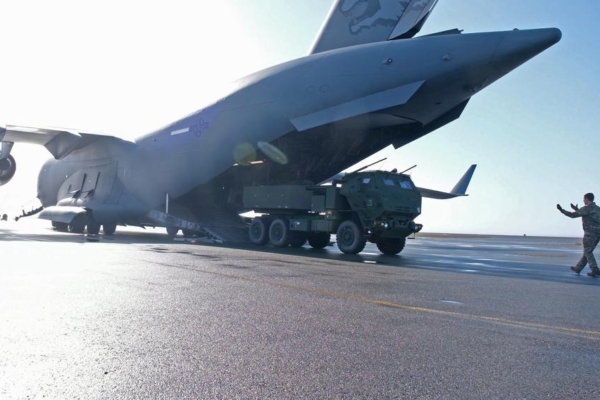The Chinese and Russian navies have been increasingly active in Alaska and the North Pacific, prompting close monitoring by the United States Coast Guard (USCG), which has deployed additional forces to the Alaskan coast.
According to Reuters, Vice Admiral Andrew J. Tiongson, the Pacific Area commander of the USCG, stated on Friday (September 27th) that while the encounters with China and Russia have been quite professional, the situation remains worth noting.
During a recent call with reporters, Tiongson emphasized the maritime boundary between Alaska and Russia’s Far East region, noting the increased presence of Russian naval vessels in the area. He also mentioned the growing cooperation activities between the People’s Liberation Army Navy (PLAN) and the Russian Navy in the region.
“We have been observing this situation for the past few years,” he said. “They are conducting operations.”
Tiongson pointed out that these vessels occasionally enter the United States’ Exclusive Economic Zone (EEZ), and the US response is conducted according to the principle of reciprocity.
“When they show up there, we make sure they know we’re there and establish communication,” he said. “Sometimes they tell us they are just passing through and will soon leave our EEZ, while other times we quietly observe and follow them.”
He highlighted that the USCG maintains communication with the US military and Canada, and all encounters with Russia or China have been handled professionally so far.
As Chinese and Russian activities in the Arctic region increase, the US and Canada have correspondingly stepped up their actions in the area. In July, Russia reported that two US long-range bombers flying near the Russian border in the Arctic Barents Sea were intercepted by Russian fighter jets.
CBS reported that on July 6, the USCG discovered four Chinese military ships in international waters north of Amchitka Pass in the Aleutian Islands, which were also within the US EEZ.
On July 24, US forces intercepted two Russian bombers and two Chinese bombers flying together in the Alaskan Air Defense Identification Zone (ADIZ). According to North American Aerospace Defense Command (NORAD), these bombers were intercepted by US and Canadian fighter jets but were not considered a threat.
However, a US Department of Defense official told CBS News that it was the first joint entry of Russian and Chinese aircraft into the Alaskan ADIZ, reflecting an expansion of military cooperation between the two countries. US Defense Secretary Lloyd Austin expressed concerns about this development at the time.
Although the Alaskan ADIZ is considered part of international airspace, NORAD states that it falls within the end of US sovereign airspace and requires constant aircraft identification to uphold national security.
According to Stars and Stripes, in response to recent Chinese and Russian movements in the Arctic region, parts of three US Army units have been deployed to Shemya Island near the Alaskan coast in the Aleutian Islands.
Personnel from the 11th Airborne Division and the 1st and 3rd Multi-Domain Task Forces landed on Shemya Island on Thursday, September 12. These units include the High Mobility Artillery Rocket System (HIMARS), capable of launching ballistic missiles. Earlier, on a Saturday, two Russian IL-38 maritime patrol aircraft were found in the Alaskan ADIZ.
John Pennell, a spokesperson for the 11th Airborne Division, mentioned that the detachment comprises around 130 soldiers, equivalent to an Army infantry company.
On Friday, Tiongson also addressed the standoff between the Philippines and China near Ren’ai Reef in the South China Sea. The Philippines sought to provide supplies to its troops stranded on a World War II vessel intentionally grounded at the reef, but were often obstructed by the Chinese Coast Guard.
He clarified that the USCG was not asked to escort Philippine vessels but instead provided advice and assistance in other aspects.
“We provided what actions we would take in such a situation to the Philippine Coast Guard and other relevant units,” he said. “We assisted in formulating some plans but did not accompany them.”

